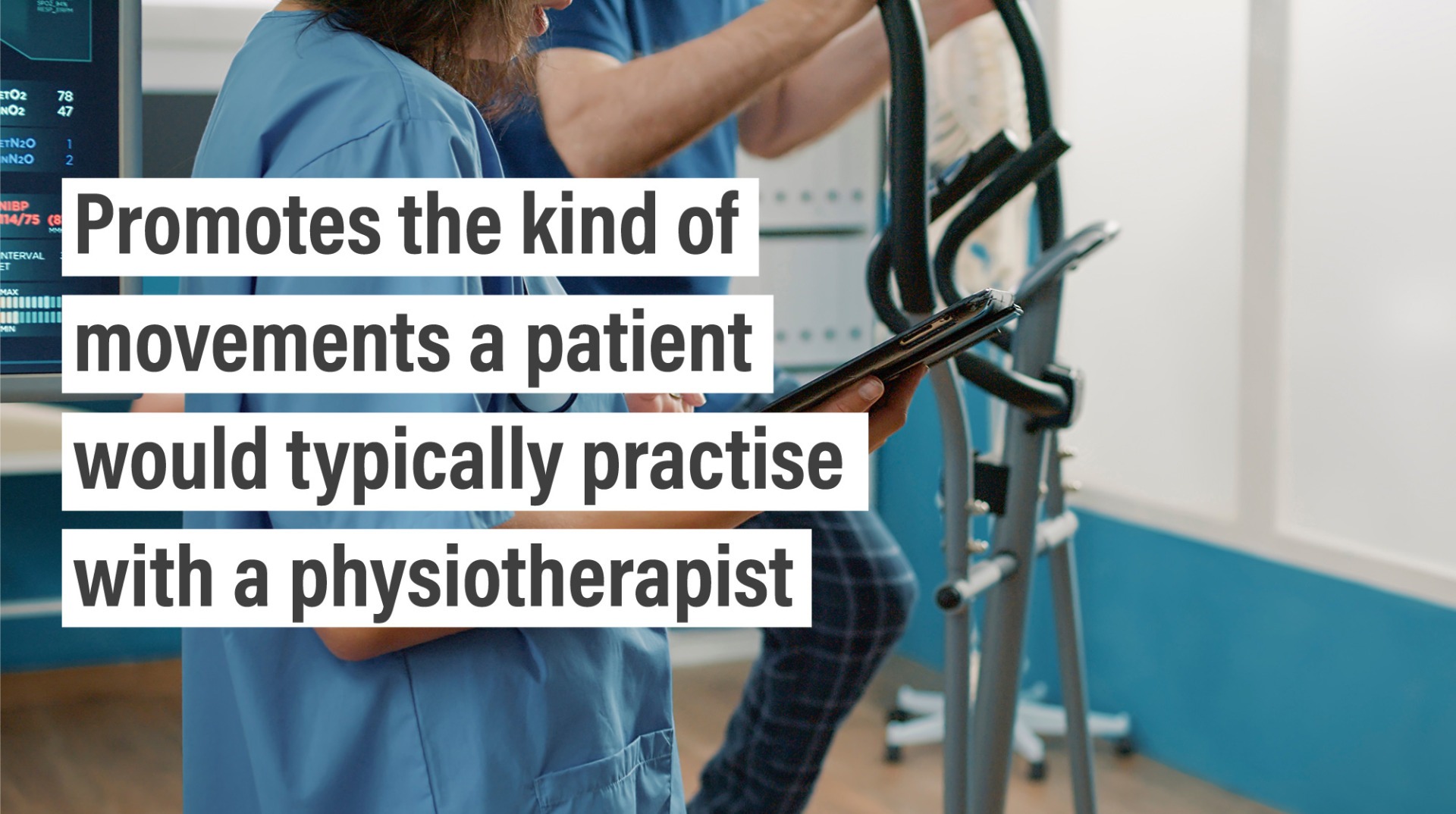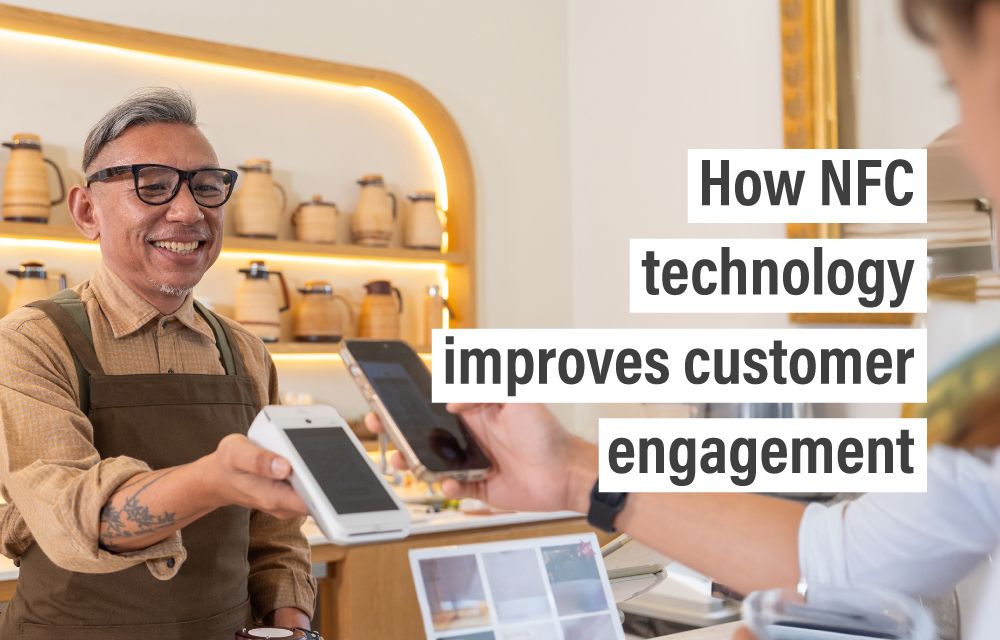Top 5 uses of software as a medical device & the impacts on healthcare
Reading time 11 mins
Key Points
- Software as a medical device (SaMD) is a class of medical software designed to perform one or more medical functions without the need for actual hardware
- UK regulations are currently being amended by the MHRA to replace outdated frameworks, protect patients, and promote responsible innovation
- SaMD is the fastest growing sector in digital healthcare with estimated CAGR of 38.39% forecast to reach USD 10190.00 million by 2028
- Most popular uses include medical imaging, remote patient monitoring, surgical planning, telemedicine, and computer-aided detection software
- Key companies in the industry such as MindMaze, Medtronic, and Siemens Healthineers have positively impacted tens of thousands of lives worldwide
- Challenges include cyber security and data protection, as well as clarity on issues such who the manufacturer is when using open-source code and downloads from third-party apps outside of UK jurisdiction
Differentiate yourself in the market with tailor-made wearable technology. Our wearable specialists are ready to design wearables that meet your business needs. Contact us today.
Ben Mazur
Managing Director
I hope you enjoy reading this post.
If you would like us to develop your next product for you, click here
In previous posts looking at market growth for wearables and IoT in healthcare, we described the forecasts as positive (with annual growth rates of 13.8% and 24.5%, respectively). ‘Staggering’ is the only word we can use regarding software as a medical device (SaMD). The SaMD market size was estimated at USD 1,048.00 million in 2021 and is projected to reach USD 10,190.00 million by 2028, exhibiting a Compound Annual Growth Rate (CAGR) of 38.39% during the forecast period. [1]
Key players in this market, such MindMaze and Siemens Healthcare, have invested heavily in developing proprietary SaMD, and their achievements are impressive. Digital Neurotherapeutic solutions for brain health and recovery; and virtual patient monitoring platforms are just a few examples of how SaMD is transforming healthcare – and explains why this market is growing so fast.
How can software be a medical device?
Software development has changed everything from how we watch movies and read maps to communication and earning a living. The healthcare industry is no different, arguably benefiting the most from the pace at which medical software applications are developing.
SaMD is a class of medical software designed to perform one or more medical functions without the need for actual hardware [2]:
- Designed to diagnose, treat, mitigate, or prevent disease and includes in-vitro diagnostic (IVD) devices, i.e. tests done on samples such as blood or tissue taken from a living organism
- Usually used with non-medical computing platforms connected to virtual networks or other general-use hardware
- They can be used in combination with other medical devices
- The software does not meet the definition of an SaMD if its intended purpose is to drive a hardware medical device (e.g. software that controls the motor in an infusion pump); if it doesn’t have any true medical purpose and relies on data from a medical device; or if it monitors and analyses the performance and functioning of a medical device [3]
- Mobile apps can be SaMD
Who regulates SaMD in the UK?
In the UK, SaMD is regulated by the Medicines and Healthcare products Regulation Agency (MHRA). The good news for developers is that these regulations are being amended to consider the health and social care applications that weren’t envisioned when existing medical device statutes were made. These include [4]:
- Provisions to protect patients and support responsible innovation
- A proposition to amend the definition of ‘software’ as “a set of instructions that possesses input data and creates output data”
- Clarification on whether ‘placing on the market’ can include the deployment of SaMD to the UK by websites, app stores and other electronic means from websites hosted in other jurisdictions
- A proposition to harmonise the classification of SaMD with international practice. Expressly, the risk categorisation as set out by the International Medical Device Regulators Forum (IMDRF)
- The introduction of an ‘airlock classification rule’ to allow for the temporary classification of some SaMD where the risk is unclear. This would allow innovative applications to enter the market earlier whilst ensuring the safety of users and patients until the vulnerabilities are better understood
- A proposition that manufacturers meet a specific minimum requirement relating to cyber security measures and protection against unauthorised access
- Changes to regulations that affect Artificial Intelligence as Medical Device (AIaMD), e.g. performance evaluation methods for diagnostic AI
Download the MHRA’s interactive SaMD document flowchart that gives users and developers/manufacturers detailed guidance on whether the device they are using or developing is a medical device.
The most popular uses of software as a medical device
Future regulation and legislative amendments aside, patients and healthcare providers are already benefiting from how SaMD: improves care, facilitates early diagnosis, and promotes faster recovery times.
- Medical Imaging Software: Analyses data obtained from medical images to help with diagnostics, assess the progress of a disease, and evaluate prognosis. Medical imaging is considered one of the fastest-growing areas in digital healthcare [5] – evolving to include multiple modalities such as CT scans, MRIs, and ultrasounds.
- Remote Patient Monitoring (RPM) Software: This makes it easier for the NHS and care organisations to select and choose the right platform to deliver care to patients in their homes. Innovation collaboratives such as the FutureNHS virtual collaboration platform support people working in health and social care. It enables them to accelerate their work and have a meaningful impact whilst ensuring that their solutions are patient-centred.
- Surgical Planning Software: Analyses images from a scope camera and renders information (e.g. vessels to avoid) in 3D to help surgeons plan surgeries. It facilitates the evaluation of complex anatomy and can be used by surgeons as a guide when in the operating room.
- Telemedicine Software: Video-enabled healthcare services made their necessity and advantages evident during the pandemic – and they’re here to stay. They offer a variety of features all from the same platform (i.e. in-app video conferencing, test result transfers, and payment). One survey found the UK to have the most established telemedicine market among five EU countries [6] in terms of regulation, reimbursement and the usage of platforms such as Babylon and Push Doctor.
- Computer-Aided Detection (CAD) Software: A technology designed to decrease observational oversights by radiologists and clinically proven to increase the detection of breast cancer [7].
This list is by no means comprehensive but serves to explain why the SaMD market is expanding so rapidly. Each of these developments is human-centred and has the best outcomes for the user – in this case, patients – in mind.

What are the top digital healthcare companies doing with SaMD?
MindMaze digital therapies for brain repair highlight why this company is a global leader in neurotechnology. Their goal was to create a universal platform for brain health – and they’ve used every technology at their disposal (wearables, gaming software, AI, cloud computing, and motion analytics) to get there.
- MindMotion™ GO: Promotes the kind of movements a patient would typically practise with a physiotherapist and can be used in acute inpatient settings, outpatient clinics, or calibrated for home use via remote monitoring and telerehabilitation
- MindMotion™ PRO: Designed for acute neurorehabilitation and delivers therapy to patients recovering from upper limb weakness or immobility
- MindPod Dolphin is a highly engaging animated gaming experience that promotes motor skills and cognitive function recovery. People who’ve had strokes or are suffering from Alzheimer’s, Dementia, and other neurodegenerative diseases benefit the most from these interventions
Medtronic is inspired by six words: Alleviate pain. Restore health. Extend life. With that inspiration in mind, they developed a range of RPM and telehealth solutions that have touched 90,000+ people in over 150 countries.
Siemens Healthineers have created technologies that influence 3/4 of critical clinical decisions and are chosen by 90% of hospitals. These include medical imaging, point-of-care testing, and AI-supported diagnostics.
Viy.ai’s Intelligent Core Coordination software supports their mission to increase access to lifesaving treatments. They use AI to replace outdated care practices to simultaneously reduce the length of hospital stays and increase patient’s access to care when they need it the most.
Any additional concerns regarding software in health and social care?
While software and AI have clear benefits to health and social care, and the MHRA works towards updating frameworks, additional concerns remain [8]:
- A lack of clarity as to what qualifies an SaMD (e.g. SaMD vs wellness apps or borderline products)
- No clear and comprehensive definition of what constitutes an ‘intended purpose’ as it relates to SaMD
- Software (e.g. open-source code) can be modified and deployed in such a way that makes it unclear who the manufacturer is. What’s the status of those who deploy SaMD via third-party websites?
As a design and innovation company driven by developing meaningful products and solutions in healthcare, we’re interested to see how these issues are resolved and inspired by what key players have accomplished thus far.
In our following article, we’ll take a closer look at AI opportunities in healthcare – signup for our newsletter if you’d like to be notified!
Comments
- Research, I. (2022, June 24). Global Software as a Medical Device Market is Booming At a CAGR of 38.39% with New Technology, Trending Applications, Revenue Growth, by Top Leading Players and Future Demands and Forecast till 2022-2028 | Industry Research Biz. GlobeNewswire News Room. https://bit.ly/3T2XYxq
- Software as a Medical Device (SaMD): Key Definitions. (2013, December 18). International Medical Device Regulators Forum. https://www.imdrf.org/documents/software-medical-device-samd-key-definitions
- Goerlich, D. (2022, August 9). 7 Examples of Software as a Medical Device (SaMD). The Refinery. https://the-refinery.io/blog/7-examples-of-software-as-a-medical-device-samd
- Chapter 10: Software as a Medical Device. (2022, June 26). GOV.UK. https://www.gov.uk/government/consultations/consultation-on-the-future-regulation-of-medical-devices-in-the-united-kingdom/chapter-10-software-as-a-medical-device
- Medical Imaging Software Today—More Than Just Viewing Images | PostDICOM. (n.d.). postDICOM. Retrieved 2 November 2022, from https://www.postdicom.com/en/blog/medical-imaging-software
- Vara, V. (2021, February 23). UK found to be most established market for telemedicine among five EU countries. Pharmaceutical Technology. https://www.pharmaceutical-technology.com/dashboards/surveys-dashboards/uk-found-to-be-most-established-market-for-telemedicine-among-five-eu-countries/
- Computer aided detection (CAD): an overview. (n.d.). PubMed Central® (PMC). Retrieved 2 November 2022, from https://www.ncbi.nlm.nih.gov/pmc/articles/PMC1665219/
- Software and AI as a Medical Device Change Programme – Roadmap. (2022, October 24). GOV.UK. https://www.gov.uk/government/publications/software-and-ai-as-a-medical-device-change-programme/software-and-ai-as-a-medical-device-change-programme-roadmap
We love to talk about new ideas
Do you have an idea? Book a consultation with an expert - it's free, it's confidential and there are no obligations.
+44(0)117 329 3420
[email protected]
Ignitec Technology Centre
1 The Powerhouse
Great Park Road
Bradley Stoke
Bristol
BS32 4RU



0 Comments